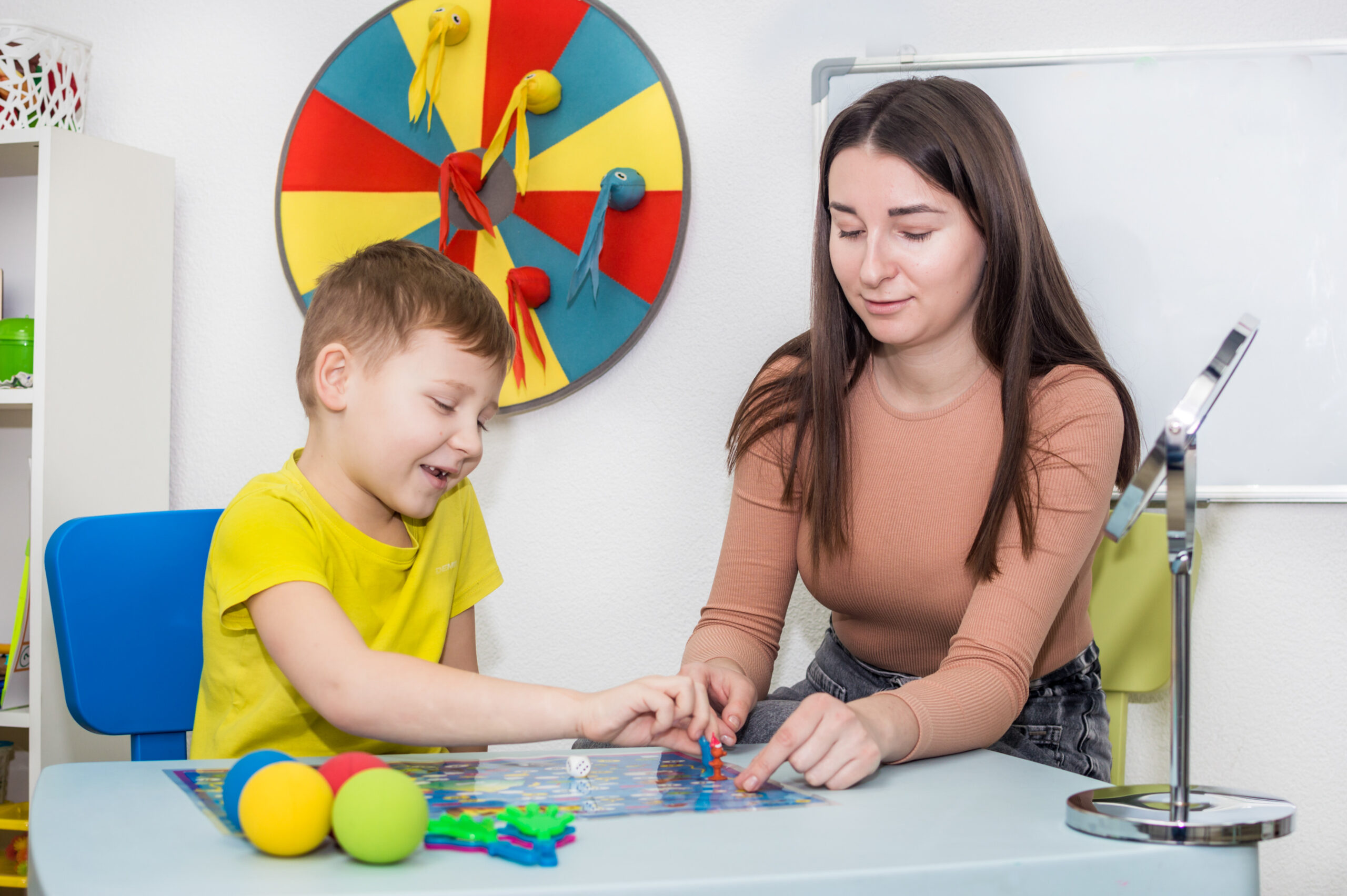Guiding the complexities of parenting is a journey filled with twists, turns, and unexpected challenges. For some parents, understanding their child’s behavior can feel like solving a code without a key. Sensory Processing Disorder (SPD) is one such challenge that many families face, yet it often remains misunderstood or overlooked. In this guide, we aim to shed light on this intricate condition, providing parents with insights, strategies, and support to comprehend better and address the unique needs of their children with SPD.
Finding the optimal Occupational Therapist near you is quite feasible. Utilize any search engine, including your precise location, such as “top occupational therapist in Hyderabad.”
What is Sensory Processing Disorder in my child?
Sensory Processing Disorder (SPD) in children is a condition where the brain has difficulty receiving and responding to information that comes through the senses. This means that everyday sensory experiences like touch, sound, taste, and movement can be overwhelming or even painful for children with SPD. They may overreact or underreact to stimuli, leading to social interaction, behavior, and learning challenges. For example, a child with SPD might be susceptible to specific clothing textures, avoid tags or seams, or become distressed in noisy environments like crowded classrooms or busy playgrounds. Conversely, some children with SPD might seek out intense sensory experiences, such as spinning or crashing into objects, to fulfill their sensory needs.
Recognizing SPD in children can be challenging, as its symptoms can overlap with other conditions like autism spectrum disorder or attention deficit hyperactivity disorder (ADHD). However, early identification and intervention are crucial for managing SPD and helping children thrive. Occupational therapy is often recommended as a primary treatment approach, focusing on providing sensory experiences that help regulate the child’s responses to stimuli and improve their daily functioning. Children with SPD can learn to manage their sensory challenges and participate fully in daily activities with the proper support and accommodations.
Signs and Symptoms of Sensory Processing Disorder observable in my child
Over-Sensitivity (Hyper-Sensitivity)
- Reacting strongly to sensory stimuli such as loud noises, bright lights, certain textures, or strong smells.
- Being easily overwhelmed in crowded or noisy environments.
- Discomfort with certain clothing fabrics or tags.
- Avoid messy play, like finger painting or playing in the sand.
Under-Sensitivity (Hypo-Sensitivity)
- Seeking intense sensory experiences like crashing into things, spinning, or roughhousing.
- Difficulty recognizing or reacting to pain or temperature.
- Constantly touching objects or people or putting objects in the mouth.
- Appearing unaware of personal space boundaries.
Motor Skills Difficulties
- Delayed motor skills development, such as crawling, walking, or riding a bike.
- Poor coordination and balance.
- Difficulty with delicate motor tasks like tying shoelaces or buttoning clothes.
Sensory Seeking Behaviors
- Engaging in repetitive behaviors like rocking, spinning, or hand-flapping.
- Craving intense sensory input like seeking out loud noises or bright lights.
- Putting objects in the mouth excessively.
How can occupational therapy help my children with Sensory Processing Disorder?
-
Sensory Integration Therapy:
Occupational therapists use sensory integration techniques to help children with SPD better process and respond to sensory information. Through swinging, spinning, brushing, and tactile exploration, children learn to tolerate and adapt to various sensory stimuli.
-
Sensory Diet Development:
OTs work with parents to create personalized sensory diets for children with SPD. These diets consist of activities and strategies that provide the right amount and type of sensory input throughout the day to help regulate the child’s sensory system. This might include activities like deep-pressure massage, jumping on a trampoline, or playing with textured materials.
-
Environmental Modifications:
OTs can assess the child’s home, school, and other environments to identify sensory triggers and make modifications to create a more supportive and sensory-friendly environment. This might involve adjusting lighting, reducing noise levels, providing sensory tools like fidget toys or weighted blankets, or creating sensory breaks throughout the day.
-
Fine and Gross Motor Skills Development:
Many children with SPD also struggle with motor skills. Through structured activities and exercises, OTs can develop fine motor skills (such as handwriting, cutting, and buttoning) and gross motor skills (like balance, coordination, and body awareness).
-
Self-Regulation Techniques:
OTs teach children coping strategies and self-regulation techniques to help them manage sensory overload or discomfort in various situations. This might include deep breathing exercises, progressive muscle relaxation, mindfulness techniques, or sensory grounding.
-
Social Skills Development:
OTs often incorporate social skills training into therapy sessions to help children with SPD navigate social interactions more successfully. This might involve practicing turn-taking, interpreting social cues, and developing empathy and perspective-taking skills.
-
Parent Education and Support:
OTs educate, guide, and support parents to help them understand their child’s sensory needs and implement strategies at home. They may also offer resources and referrals to other professionals as needed.
Now that you’ve grasped the benefits of occupational therapy for your child, it’s time to seek out the most suitable occupational therapist near you. Doing so can contribute to your child’s increased happiness and overall well-being.
Conclusion
Understanding Sensory Processing Disorder (SPD) in children is crucial for parents to provide the necessary support and guidance. Armed with knowledge, parents can foster environments that promote their children’s comfort and development, ultimately empowering them to navigate the world with confidence and resilience. Ultimately, embracing SPD as part of a child’s identity encourages empathy, compassion, and inclusivity, enriching individual lives and society.






